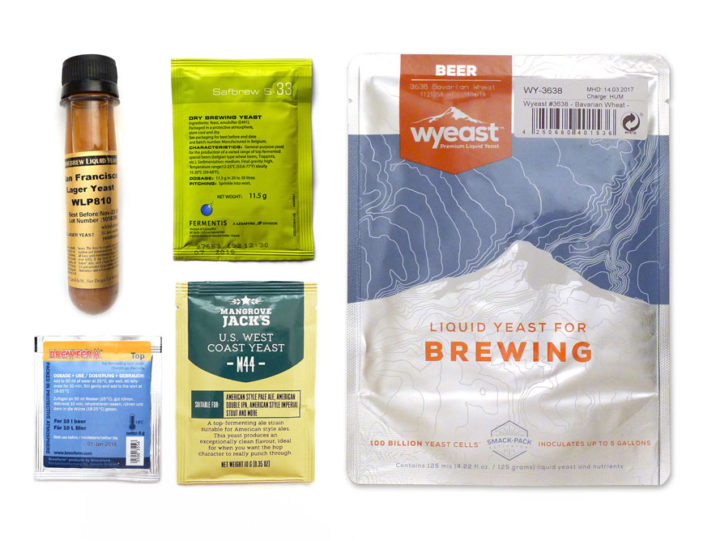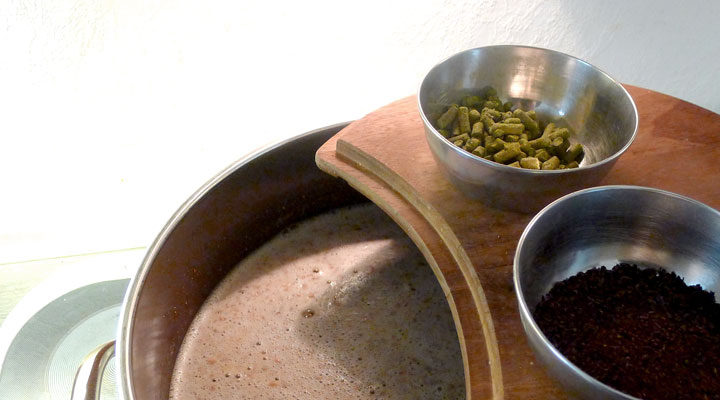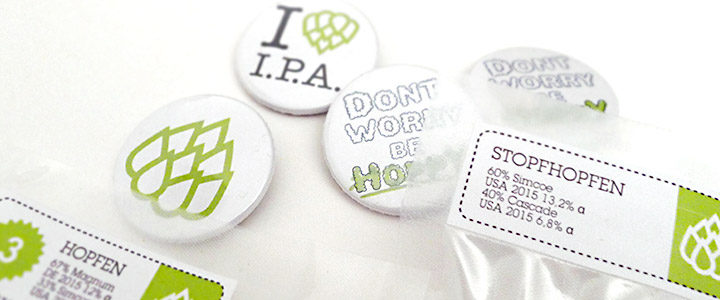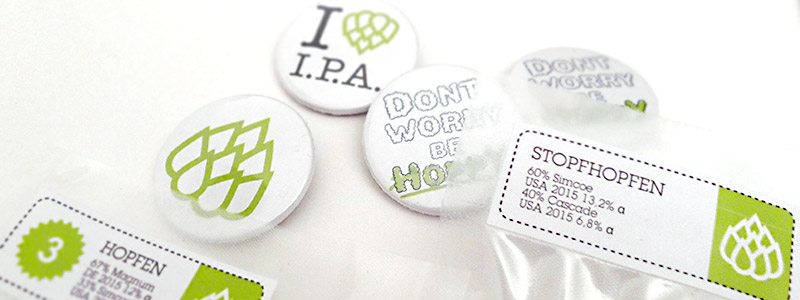
Why dry-hopping?
By dry-hopping you can achieve a much stronger hop flavour and especially aroma in your beer!
Dry-hopping means adding your hops not during the boil to the kettle but instead to your fermentation vessel after primary fermentation is completed. There it steeps for a couple of days and is removed before transferring the beer to secondary or bottling it.
Two different methods are recommended for homebrewers:
Method 1: Adding loose hop pellets to the fermentation vessel.
See tutorial “loose dry-hopping” →
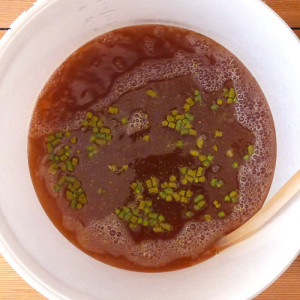
The hops will settle on the bottom of the fermentation vessel. This may take a few days, maybe close to a week. Afterwards you rack the beer above the dregs consisting of yeast and hops. If the small hop particles don’t settle on the bottom of the vessel properly you can rack the beer through a strainer into a second vessel from which you then fill your beer into bottles or kegs. From our experience using this method you get a somewhat more intense hop aroma than with the second method.
Follow this link for tutorial → loose dry-hopping
Method 2: Putting hop pellets into a strainer that is dipped into the beer
See tutorial “dry-hopping with strainer” →
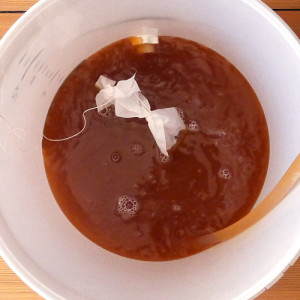
For this method you need a fine-meshed strainer, e.g. made of stainless steel, a nylon fabric hop bag ; even some bigger tea bags should do the job. As the hop pellets will swell heavily make sure to choose a big enough bag. The volume of the swollen pellets may increase about tenfold! Some homebrewers load the bags with glass or stainless steel parts to make sure they sink to the bottom of the fermentation vessel. One advantage using this method is that you can already remove the hops after two or three days of contact time.
Follow this link for tutorial → dry-hopping with strainer
Whatever method you use (and generally at every racking/transferring process) act carefully so you don’t loose to much of the CO2 already dissolved in your beer!

